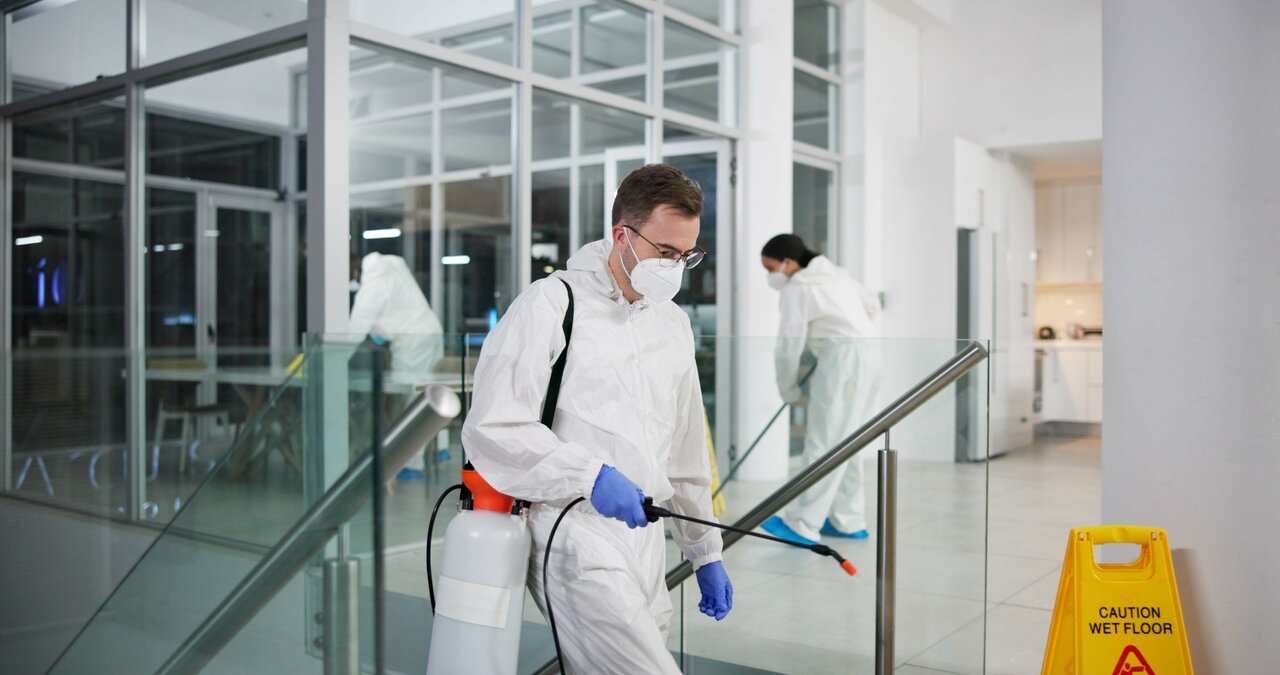Share This
Related Posts
Tags
Debugging Properties
By Joel Nelson on Aug 19, 2024 in News
Chances are good that you’ve seen a building encased in a swath of vinyl-coated nylon tarpaulins in residential and commercial properties. That’s a sure sign that fumigation is in progress, which means the space is being inundated with sulfuryl fluoride gas to eliminate termites, cockroaches, wood-destroying beetles and/or other destructive pests. Fumigation is a key tool for ensuring that offices, homes and other spaces are safe from pests that can erode building materials and spread disease.

Fumigation is a big business in the U.S. – and a growing one. Industry revenues totaled about $26 billion in 2022 and have grown almost 9% on average each of the previous five years, according to business research firm IBISWorld.
Why is it needed?
Structural fumigation eliminates damaging pests that are difficult to control by other methods such as localized insecticide application. Fumigation permeates an entire structure to eliminate visible and hidden infestations. And this, along with whole-house heat treatment – which is most commonly used against bed bugs – are the only methods that will eliminate drywood termites.
“When it comes to eradicating targeted pests, there are few treatment options that can compete with fumigation. It reaches where sprays, aerosols, dusts and other chemical treatments can’t. It resolves large scale issues quickly. It destroys pests in all stages of development, from eggs all the way to adult bugs. And a fumigation does not require a long process of inspection, treatment and monitoring,” according to Action Pest Control, which operates in Indiana, Kentucky and Illinois.
How is fumigation done?
There are two fumigation methods. One involves sealing a structure with plastic, tape or other materials, and the other requires enclosing the structure in a tent of vinyl-coated nylon tarpaulins.
A fumigation can take from six hours to one week depending on the type of infestation, dosage, temperature, the size of the structure and other factors. Structural fumigants are odorless, so fumigators are required to release a warning agent within the structure throughout the fumigation process.
Subterranean termites require separate treatments to create a barrier between the structure and their nest in the ground.
Local or spot treatments such as microwave and liquid nitrogen freezing eradicate in a specific area but aren’t suitable for whole structure eradication, eliminating them as alternatives to fumigation.
What’s the prep work?
All people, pets and plants must first be removed from the structure. Medicines, feed, and food not sealed in metal, glass, or highly resistant containers must be removed from the structure or sealed in protective bags, and important documents should be secured.
In commercial and residential spaces, all doors, drawers and cabinets must be left ajar in order to allow the gases to reach each corner of a workspace. Natural gas outlets must be shut off.
What are the challenges and benefits?
There is a possibility of inadvertent exposure to the fumigants. Property owners also need to ensure security of the building while it’s unattended. But properly executed fumigation keeps tenants and residents happy, makes a property more attractive for sale and lease, and helps the property owner comply with government regulations.
